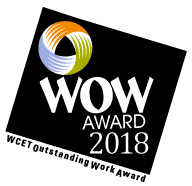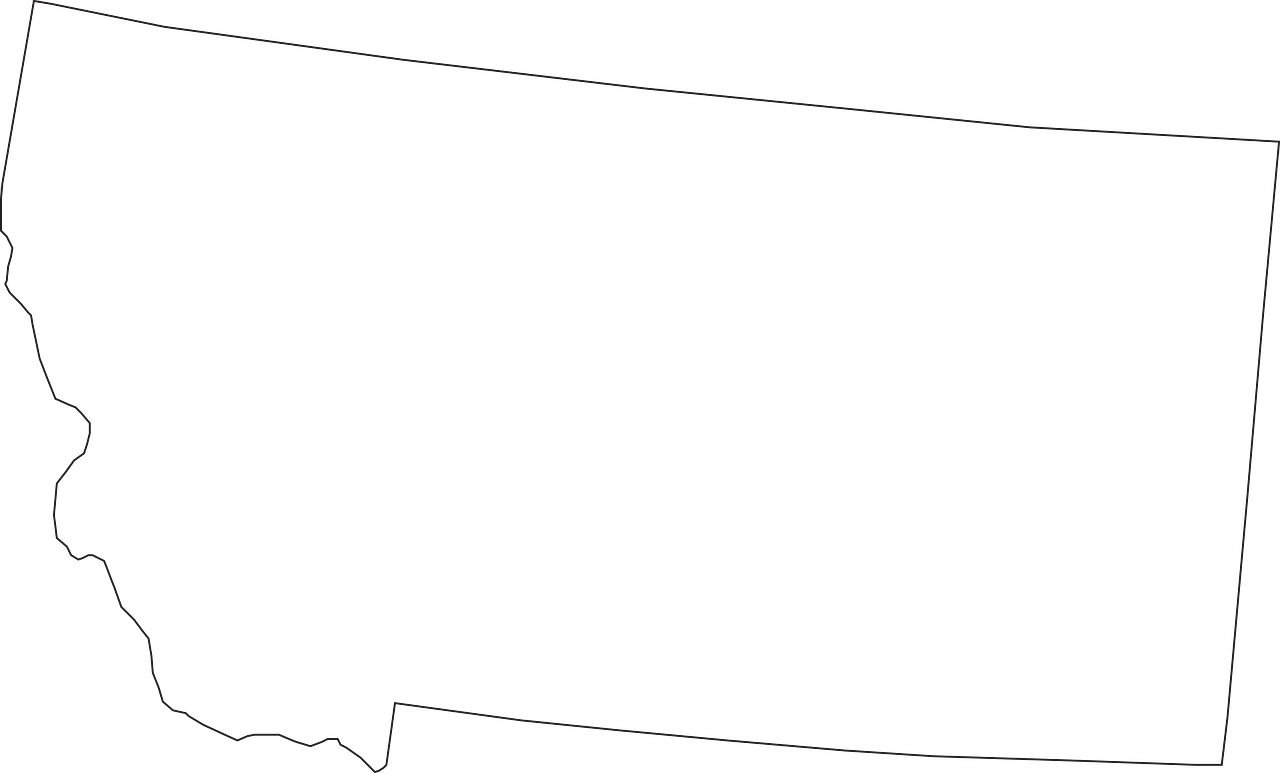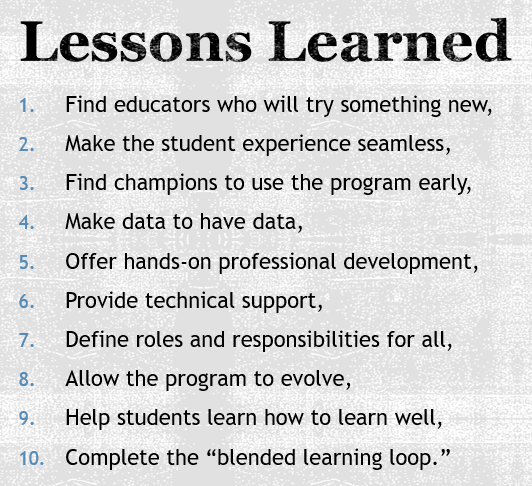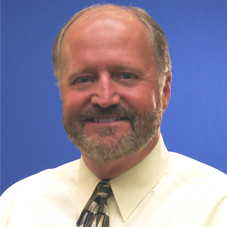Today we continue our 2018 WCET Oustanding Work (WOW) Award blog post series! For this post, we’re joined by Ryan Schrenk and Robert Currie of the Montana Digital Academy (MTDA) with the University of Montana, who are here to tell us all about the EdReady Montana Program. EdReady Montana is an initiative to help students prepare for post-secondary education and/or future career goals. 
Thank you Ryan and Robert for today’s post!
Join me in honoring these and our other WOW 2018 Award winners at our Annual Meeting in a few short weeks! Registration is open, but seats are going quickly!
Enjoy the read and enjoy your day,
Lindsey Downs, WCET
The EdReady Montana Program
The EdReady Montana program at the Montana Digital Academy (MTDA), housed at the University of Montana, has created a model to help address the problem of learning gaps for students in mathematics. These students hope to enter college and career pathways with the skills needed to succeed in their desired future goals. As one of five pilot states in 2013, the EdReady Montana program quickly showed that it made a difference for incoming freshmen at the University of Montana. The program then received generous funding for 3 years to roll out and field test the system. Followed by addition funding of 5 years, by the Dennis and Phyllis Washington Foundation, to build upon that success.
The program now serves over 500 individual educational organizations in Montana from upper elementary and middle school to high schools, colleges and universities as well as every adult basic education program in the state. The program evolved from one staff member presenting information about the program and setting schools up on the system to a comprehensive and replicable model of support and training for other states or large-scale implementations to follow.
In the early days of the program, this video was customized by EdReady Montana and used to outline the “educational problem” and also show users how the EdReady program worked to identify gaps and help students learn the material to master those concepts:
[youtube https://www.youtube.com/watch?v=kqQi26mYq9w&w=560&h=315]
EdReady Regional Ambassadors
As intuitive as a technological program is, it does not run itself. Teachers are busy teaching, administrators are busy running schools. They need help learning how to best apply a program for maximum impact. They also need professional development to be hands-on or online/as needed and definitely need it to be time sensitive and focused.
On top of the need for hands-on and/or localized professional development, Montana is also the fourth largest state in the country and many communities are remote.  MTDA saw the need for this localized (and hand-on whenever possible) professional development early on and created the regional ambassador program during the first year of operation. A team of four, part-time ambassadors currently team up to provide orientations, ongoing support, and a very successful regional professional development model to meet the needs of schools in a state that is over 500 miles by 300 miles in area!
MTDA saw the need for this localized (and hand-on whenever possible) professional development early on and created the regional ambassador program during the first year of operation. A team of four, part-time ambassadors currently team up to provide orientations, ongoing support, and a very successful regional professional development model to meet the needs of schools in a state that is over 500 miles by 300 miles in area!
Expanding EdReady Montana
The program, with the support of an expanding regional ambassador program to provide on-demand, hands-on, targeted, and individualized professional development, began to take off. It was quickly expanded to K-12 schools, adult education centers and other after school or alternative education programs all around Montana. EdReady Montana ambassadors and staff members presented to educators from around Montana at a variety of levels of education to find the best fit for their needs. Local educational leaders from both adult ed and K-12 recognized that EdReady Montana could help students upstream from their desired college or career pathway and well before they were faced with a college placement exam or turned away from a field due to gaps in math skills. Their use of the system to do that was the catalyst of growth for EdReady Montana. Best of all, the program individualized the instruction based upon each student’s need and contained learning resources specifically designed to speak to the college and career readiness level.
At the end of the first year, a team toured our state to interview educators and students to display the variety of ways our program impacted their programs, educators and students. Click here to watch that video:
[youtube https://www.youtube.com/watch?v=XU5qeKe08DQ&w=560&h=315]
Lessons Learned
Attaining solid funding for the program to remain free to Montanans has been an important aspect of the explosive growth and the wide array of organizations served. However, the program can be replicated elsewhere to impact large numbers of students in each of these educational levels or organizations, even without additional funding. There are several important lessons learned by MTDA that will help scale this program to other areas:
- When using the program to impact student learning in a formal setting, find an educator or a team of educators who want to try something new and are not satisfied with some aspect of the way things currently work for them.
- Make the student experience seamless and use similar techniques to make teacher/facilitator experience as easy as possible. We started by making the student experience: get a username, get a password, go to the website, log in and go. Everything else we did grew from there.
- Find champions who will use the program early, and the rest will follow. Our phrase at MTDA is that we try to move users from “interest to implementation”.
- You need to make data to have data. Start assessing and measuring early and use that information to make the program more effective over time.
- You need hands-on professional development. We in Montana did this by building our regional ambassador program.

- Technical support must be available and must be responsive. Nothing will kill an educational technology initiative quicker than a teacher sitting in front of a classroom full of non-functioning technology or students with accounts that do not work.
- Define the roles and responsibilities of the group organizing the initiative and those applying it on the ground. Users of a reliable program must know what they need to do and what they can rely on others to do.
- A healthy educational technology initiative program will evolve from technical training and support issues to teacher preparation and blended learning strategies. Once educators know what a technology program can do for them (and their students) they will start to innovate and adapt their practices around it to provide the best experience for their students.
- In any online program, students cannot just click to learn math or be left abandoned on the system. Students who have missing concepts often also struggle with learning how to learn well. While the technology is essential to success, most students need more guidance and support from an educator both on and off the tool.
- Educators need to take what is done in the system and make changes to their plans with their students. This completes the “blended learning loop” of preparing students to learn online but also using what they completed online to help inform instruction.
As can be the case in personalized learning programs like EdReady, the full effects may never fully be measured. Many of the students enter into a personal journey of improvement and are served individually by the program. The pervasive strength of the tool is how well the model works on an individual level. MTDA’s EdReady Montana program is a model for others to learn from and follow!
This video outlines the local support model and how the program works to meet and support the needs of local schools:
[youtube https://www.youtube.com/watch?v=RHG5avuz6Pk&w=560&h=315]
Are you interested in learning more about the EdReady Montana program or the model of scaling this sort of system to a large audience? If so, visit the links below or contact us using the information at the bottom of the page.
Additional Links & Resources

Ryan Schrenk
EdReady Program Manager
Montana Digital Academy

Robert Currie
Executive Director
Montana Digital Academy
Author Bios
Ryan Schrenk, Ed.D, is the EdReady Program Manager at the Montana Digital Academy and has worked at MTDA since 2010. Prior to starting at MTDA he was a distance learning director at a 2-year college and taught in high school and middle school technology education programs. Since joining the Digital Academy, his work has focused on developing an online/modularized credit recovery program and is now leading the implementation of the EdReady Montana program. Phone: 406-203-1812. Email: ryan.schrenk@montanadigitalacademy.org
Robert Currie is the Executive Director of the Montana Digital Academy (MTDA) Montana’s statewide online program located at the University of Montana. Prior to starting MTDA he was the Executive Director of the Michigan Virtual School and was a superintendent and high school principal in Michigan. Currie is a founding member of the Virtual Learning Leadership Alliance, an organization consisting of fourteen state and regional virtual schools from across the U.S promoting collaboration in online learning. Phone: 406-203-1812. Email: robert.currie@montanadigitalacademy.org


 MTDA saw the need for this localized (and hand-on whenever possible) professional development early on and created the regional ambassador program during the first year of operation. A team of four, part-time ambassadors currently team up to provide orientations, ongoing support, and a very successful regional professional development model to meet the needs of schools in a state that is over 500 miles by 300 miles in area!
MTDA saw the need for this localized (and hand-on whenever possible) professional development early on and created the regional ambassador program during the first year of operation. A team of four, part-time ambassadors currently team up to provide orientations, ongoing support, and a very successful regional professional development model to meet the needs of schools in a state that is over 500 miles by 300 miles in area!


